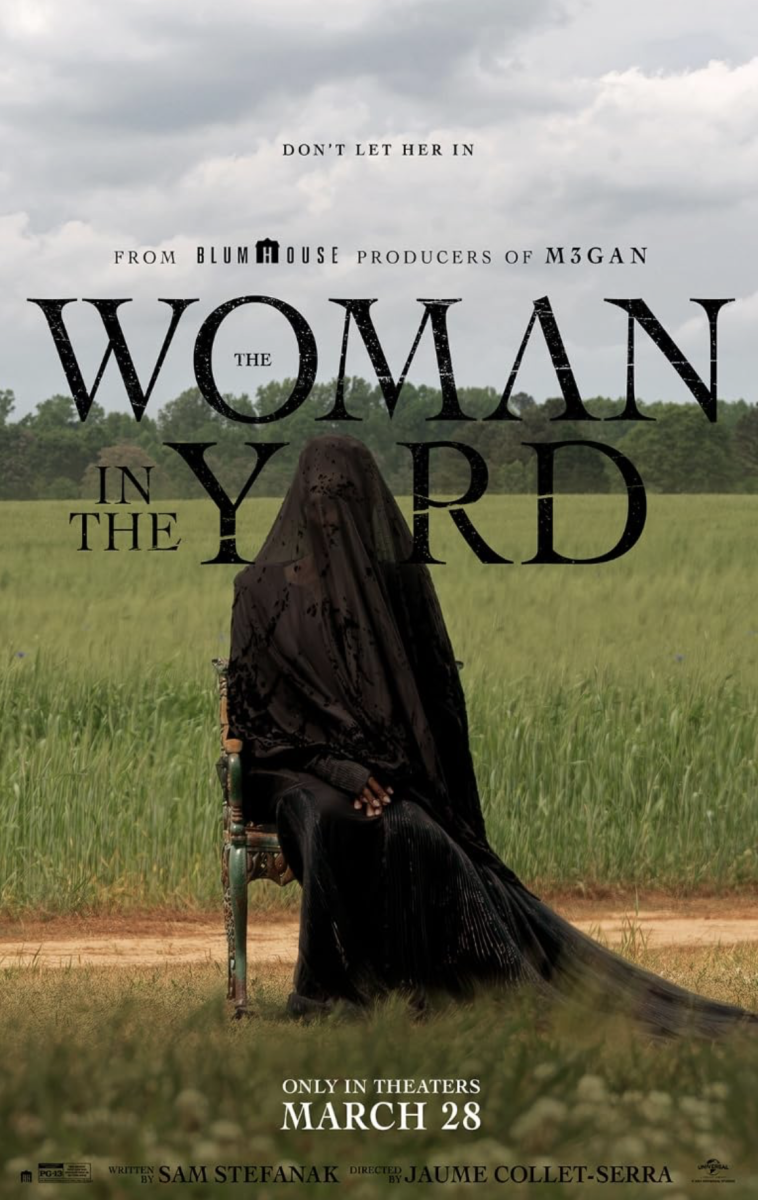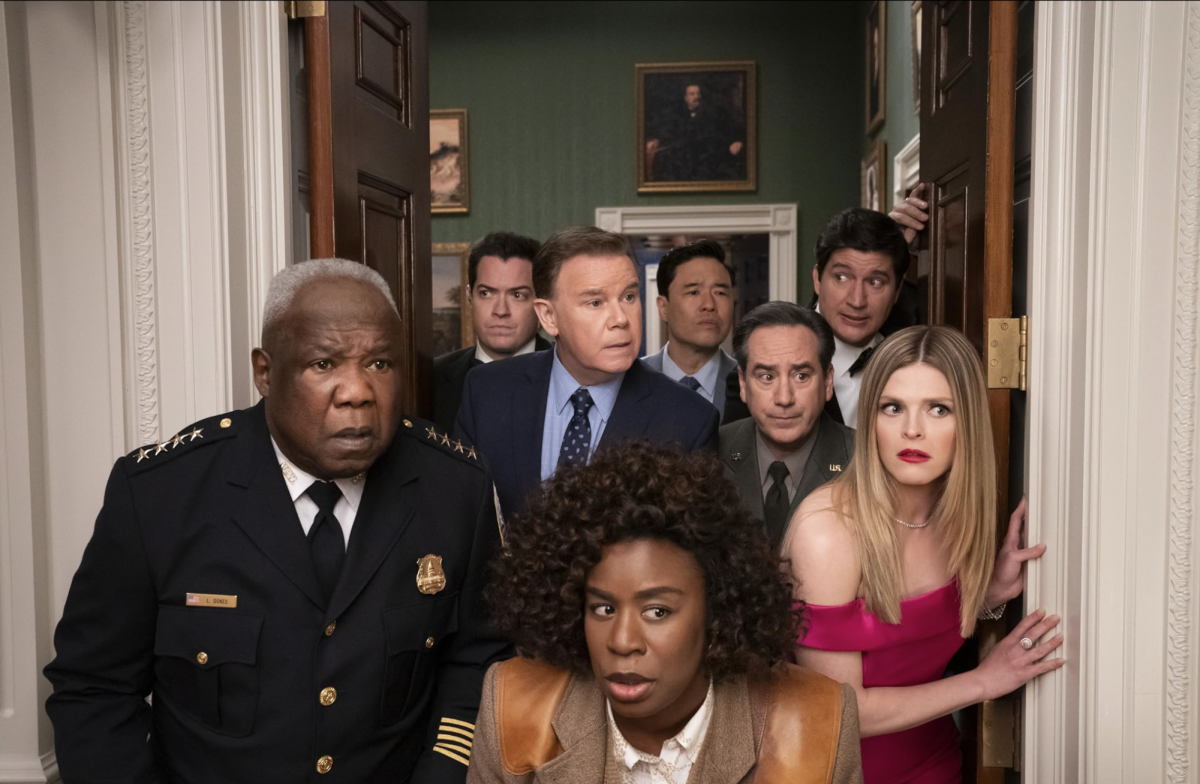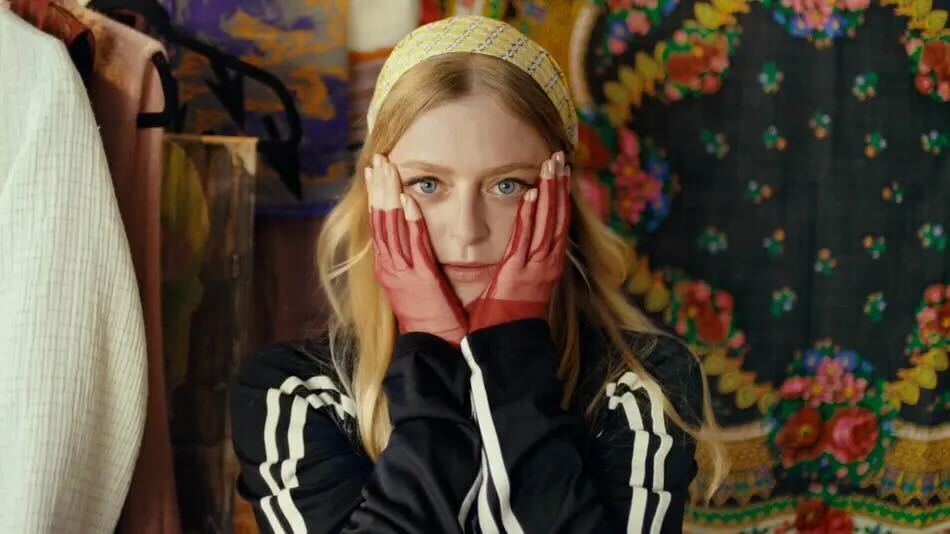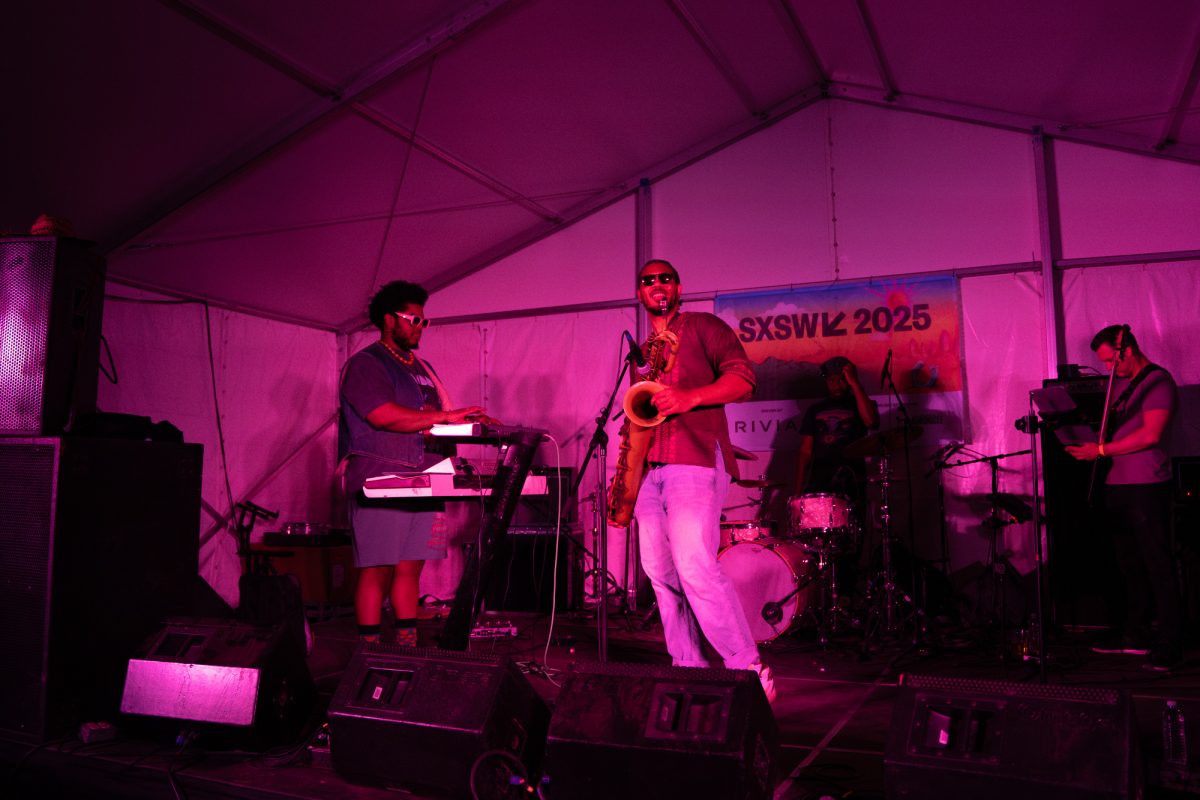For movie buffs, the month of October means one thing: 31 days of horror movies. With tons of horror flicks to choose from, The Daily Texan is going to be providing a daily horror recommendation. Whether you prefer ghosts, zombies or stark explorations of the human condition, we’ll be featuring horror films of all flavors. Check back every evening for the movie of the day. First up: Tobe Hooper’s “Poltergeist.”
A lot of recent horror films, from the “Paranormal Activity” pictures to James Wan’s “Insidious” series, owe more than a small debt to 1982’s “Poltergeist.” But the film is more than one of the most influential films of its genre: It’s also one of the very best scary movies ever crafted, a high watermark for horror movie, and the perfect kickoff to the Texan’s Daily Horror Movie.
The Freelings are a markedly all-American family: Steve (Craig T. Nelson) and Diane (JoBeth Williams) are the cool parents on the block, chuckling at their kids’ antics and smoking pot once the munchkins are in bed. Dana (Dominique Dunne), Robbie (Oliver Robins) and Carol Anne (Heather O’Rourke) squabble like siblings are apt to do, but they’re well-behaved, charismatic kids. “Poltergeist” deftly sets up its characters as a sympathetic, relatable family unit, which makes it all the more terrifying when a malevolent ghost starts terrorizing the family, abducting Carol Anne in the process.
Even though Hooper is credited as the director of “Poltergeist,” it’s very plainly a Steven Spielberg film, with the iconic director credited as screenwriter and producer. Although Spielberg was contractually prohibited from directing any films that could compete with “E.T.,” which opened a week before “Poltergeist,” multiple actors claim that Spielberg took the reins on the film, and most of the behind-the-scenes footage sees Spielberg behind the camera.
If Spielberg didn’t actually direct the film, it’s certainly the most accurate approximation of his formula to date. The scene where the characters watch in awe as a ghost descends down the stairs of the Freeling home is pure Spielberg, blending great, likable characters with his trademark sense of wonder in the face of the fantastic. The film also has the director’s warmly affable sense of humor, with Diane laughing to herself as Dana makes obscene gestures at leering construction workers and a coffee pot sliding across the table as the characters debate whether or not the house is actually haunted.
The greatest feat of “Poltergeist” is its ability to draw terror from the monotony of suburbia. Steve falls asleep with the TV on, allowing the ghosts to slowly infest the Freeling home, and the looming tree outside Robbie’s window reaches in to pluck the sleeping boy out of his bed — its branches trying to swallow him whole. However, “Poltergeist” truly horrifies in its finale, with a menacing clown doll taking on a life of its own and skeletal corpses emerging from an under-construction swimming pool in a sequence that gave an entire generation nightmares.
Behind every film that can cite “Poltergeist” as an influence is a writer or director whose stomach jumped into their throat when coffins started bursting out of the Freelings’ lawn. The legacy that “Poltergeist” has inspired is a testament to the lasting effect of its terrors, and cements its status as the best ghost film that may or may not have been ghost-directed.
If you’re looking to “Poltergeist” for potential costume ideas, the film’s ghosts are mostly invisible or inimitable, but dressing as pint-sized ghost hunter Tangina — iconically portrayed by Zelda Rubenstein — is always good in a raiding-your-grandma’s-closet kind of way.




















